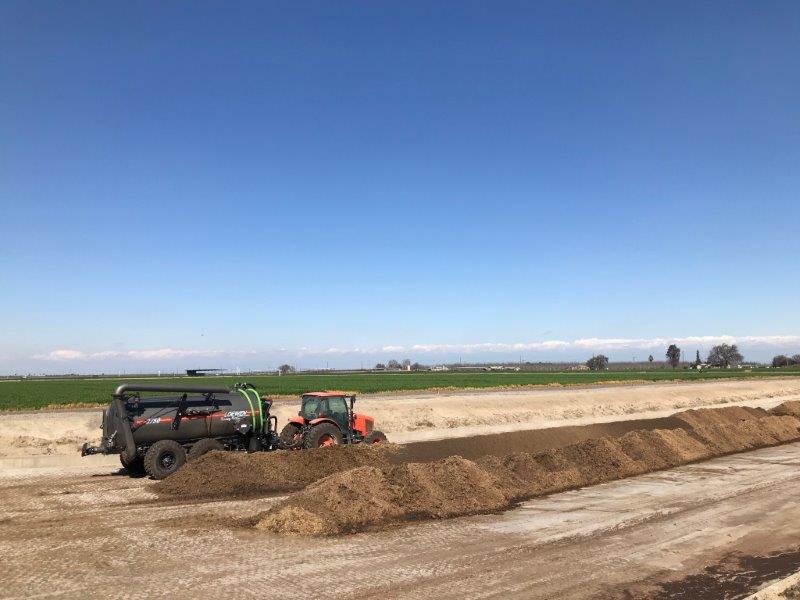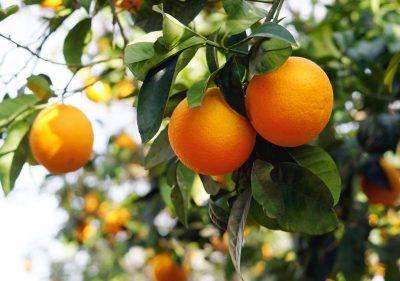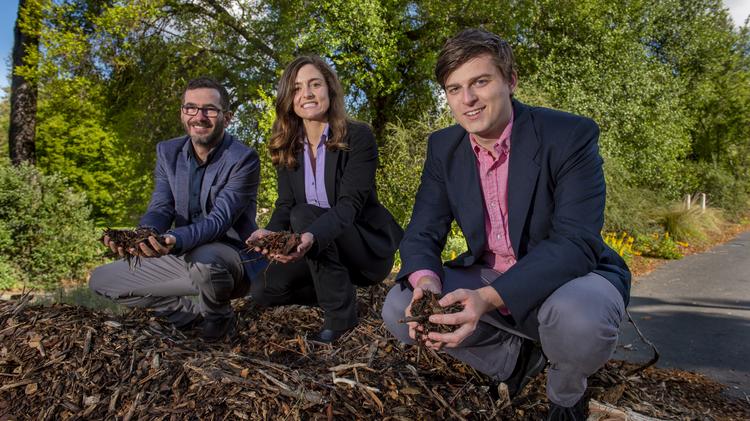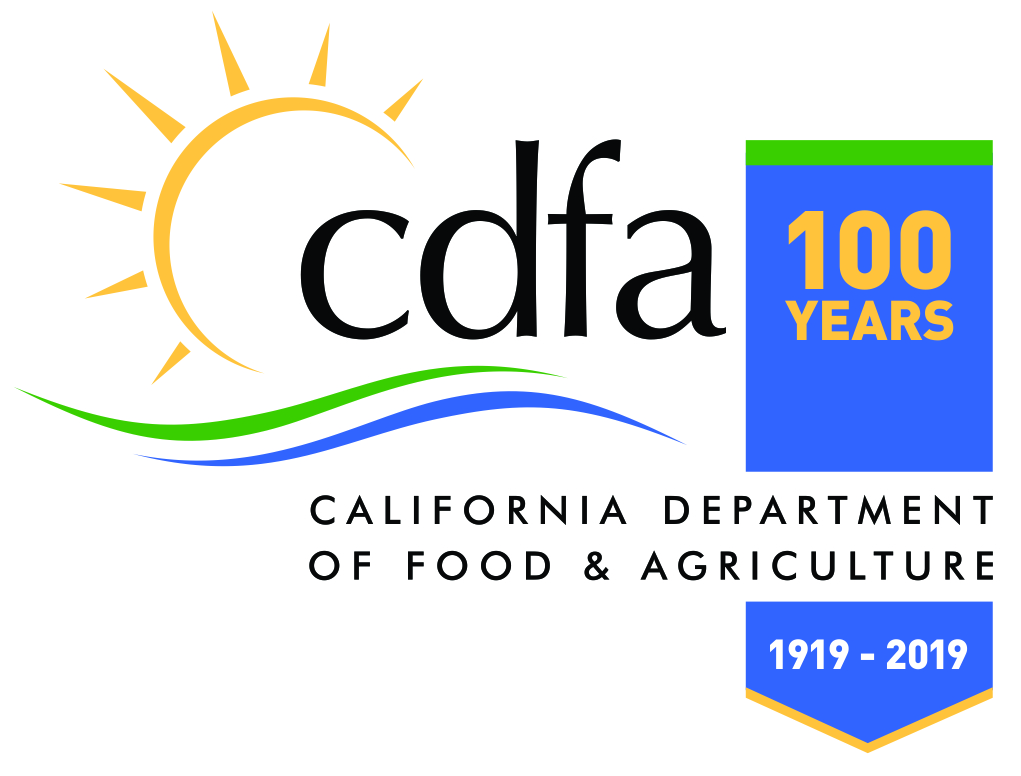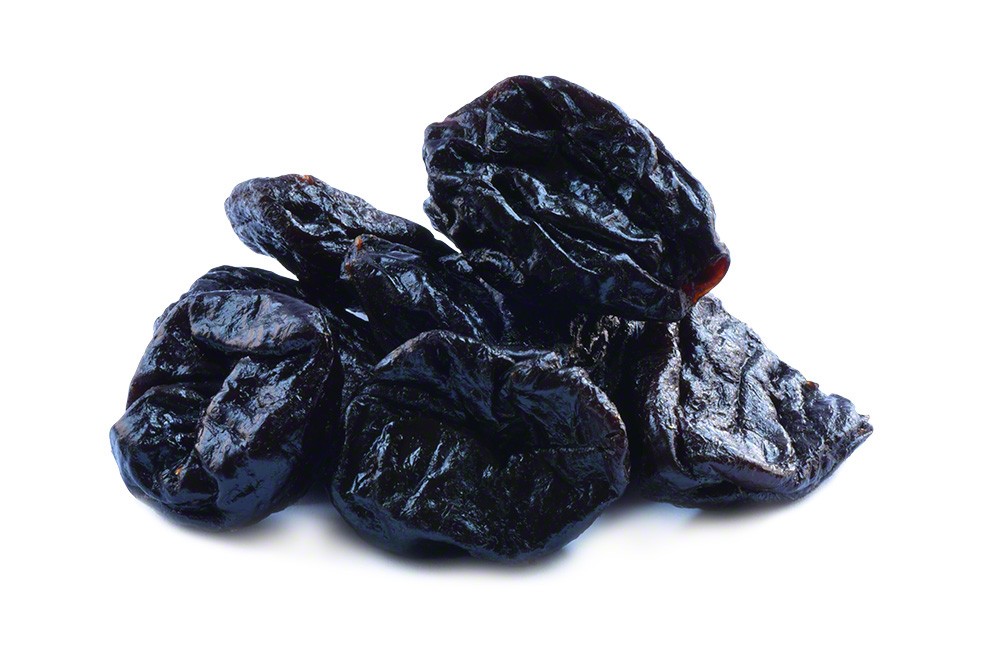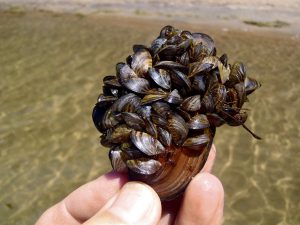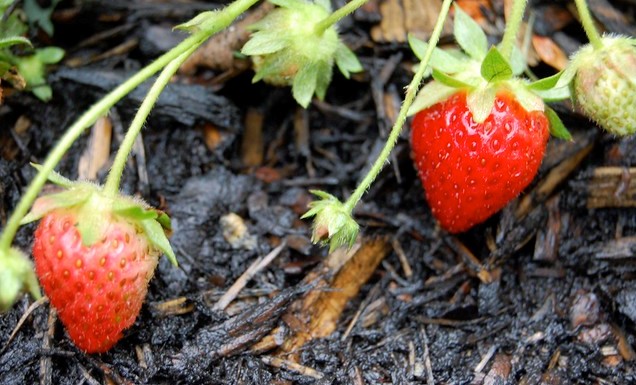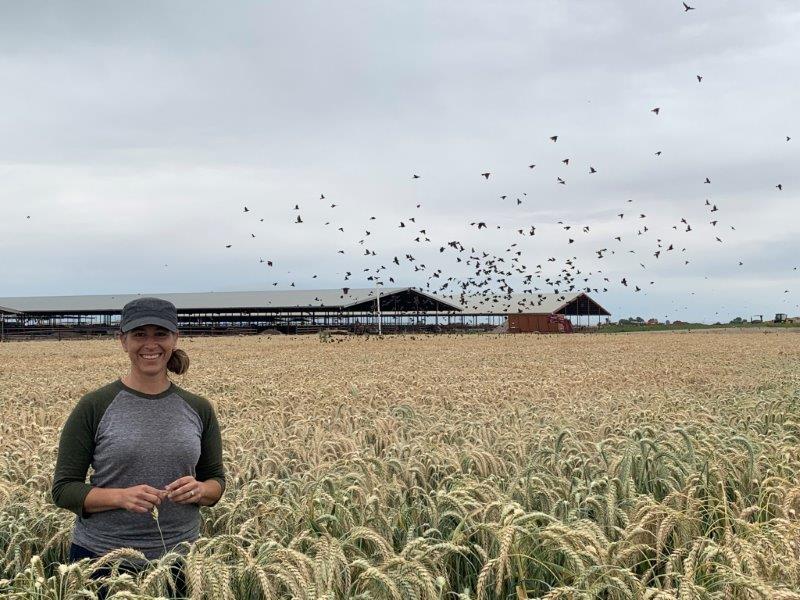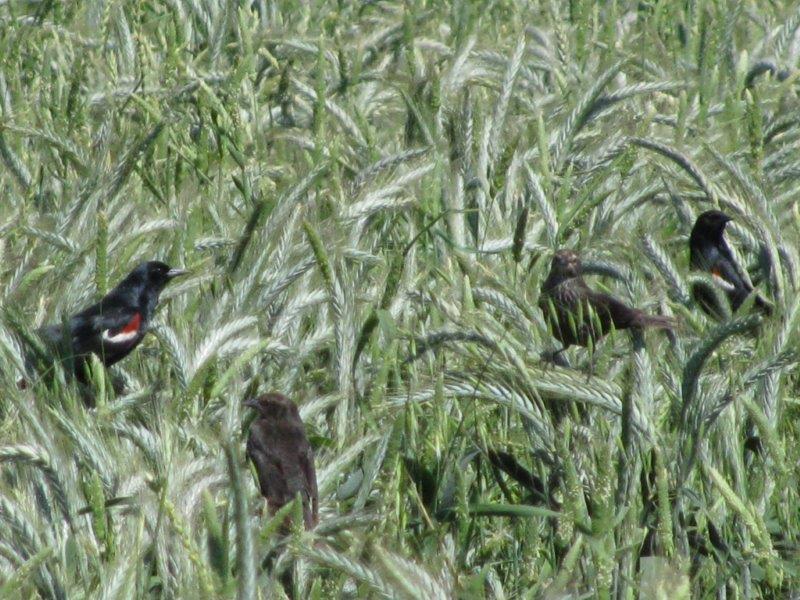
From a California State Fair news release
Drone light shows will replace fireworks at the California State Fair, July 12-28, 2019.
Drones along with swarm technology will be utilized to light up the night skies around Cal Expo to choreographed music, creating stunning visuals and patterns that will provide entertainment to fairgoers. The drone light shows will replace the traditional fireworks show and takes place at the Miller Lite Racetrack Grandstand. The visuals created by the drones can be seen as far as two football fields away.
“Our team is working diligently to bring new and exciting forms of entertainment to the California State Fair,” said Rick Pickering, Cal Expo General Manager and CEO. “For over 165 years, the State Fair has been a place to showcase innovation. We’re pleased to partner with Dish to bring this technology to the California State Fair to entertain families in a more inclusive way.”
Drone light shows are considered to be more environmentally safe, and inclusive to families and those who have sensitivities to loud explosions created by traditional fireworks. Pickering noted that in 2015 the California State Fair received national notoriety when it created the Inaugural United States Drone Racing Championship, leading to advancements in drone technology and dimensional goggles.
The drone light show will be available every Friday, Saturday, and Sunday night throughout the duration of the California State Fair, July 12-28, and is open to those who have purchased a general admission ticket.




